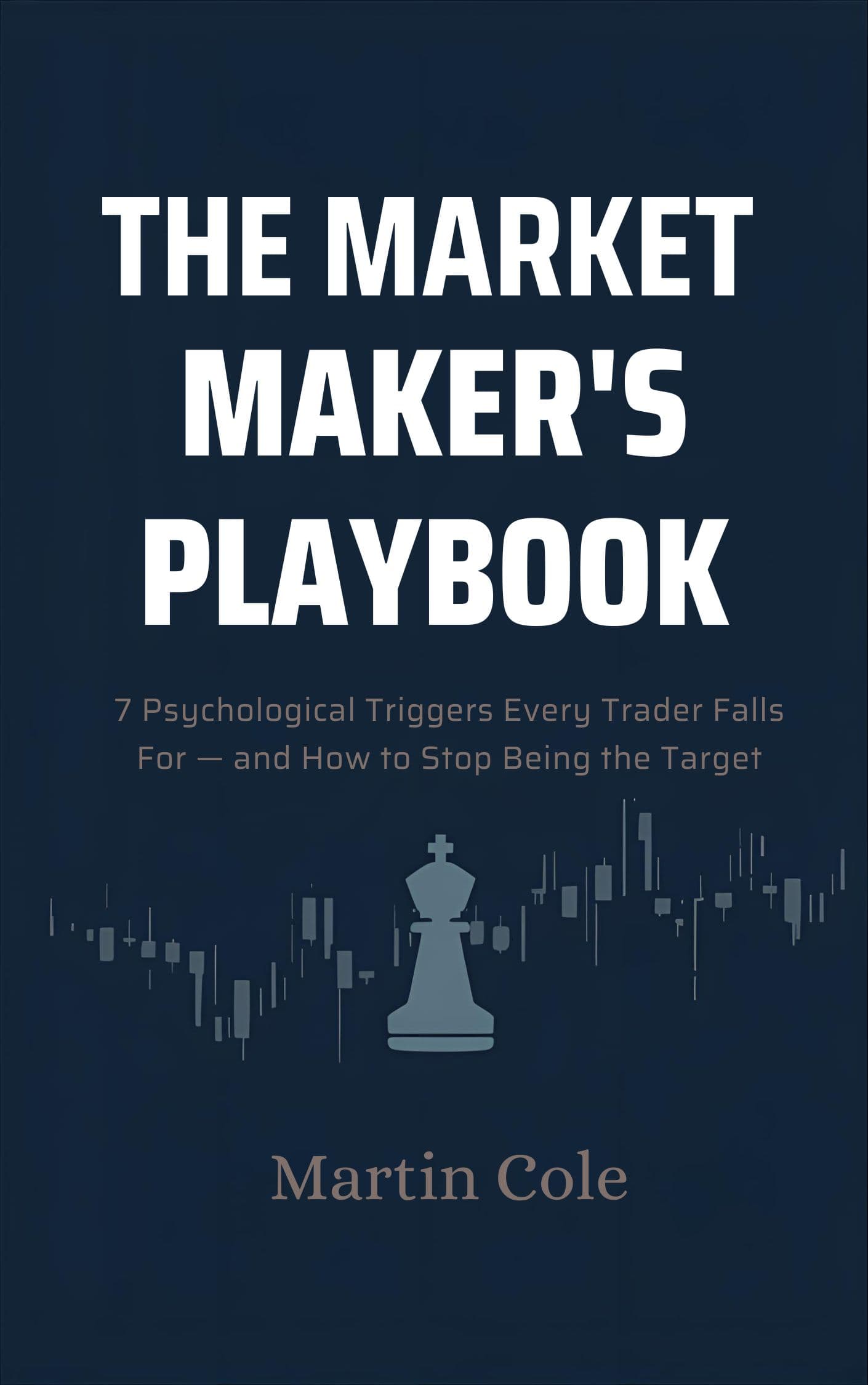Trading After 60: Building Confidence and Control
You've spent decades building experience and discipline. Now it's time to apply that wisdom to a skill that compounds: reading Market Maker intent through the AMD cycle, not speed.
Why Trading Makes Sense in Retirement
Many retirees seek ways to supplement income without taking on part-time work or depleting savings too quickly. Trading offers flexibility, mental engagement, and the potential for consistent returns—if approached with the right tools and mindset.
The problem? Most trading systems are built for speed, complexity, and constant screen time. That's exhausting and stressful, especially when you want more freedom, not less.
What the PAT AMD Indicator Changes
The Retiree's Edge: Patience and Perspective
You already have two critical advantages many younger traders lack:
- Patience: You're not in a rush. You can wait for high-conviction setups.
- Perspective: You've seen markets, economies, and cycles before. You understand that noise is just noise.
The PAT AMD Indicator leverages these strengths. It shows you when the crowd's belief is strong and where the AMD structure confirms or contradicts that belief. You don't need to be glued to charts all day—you need clarity at the right moments.
How It Works in Practice
Let's say you check the chart once in the morning and once in the afternoon. The Floating Zone shows you where accumulation is building—underlying directional momentum. Buffers reveal manipulation zones where Market Makers test belief using the Market Maker Method. Whale Markers signal distribution (profit release) when accumulated profits are being realized.
You're not guessing. You're not overwhelmed by indicators. You're simply seeing the AMD cycle (Accumulation, Manipulation, Distribution) unfold in real-time, then deciding whether the setup fits your rules.
What This Solves
Traditional indicators pile on complexity: moving averages, oscillators, volume profiles, divergences. For someone who wants a calm, methodical approach, that's overload.
The PAT AMD Indicator strips it back to the essentials of the AMD framework:
- Pressure Points: Where conviction starts to become fractured. Early warning signs that the current trend is showing signs of fractured beliefs.
- Ray lines: Where accumulation pivots on underlying strength or weakness.
- The Floating Zone: Reveals underlying strength and weakness. And confirmation of trend change.
- Whale Markers: Where professional, large trading positions enter and exit (Smart Money Concept).
These five elements visualize the three AMD phases and give you a complete picture without the mental clutter. You trade what you see, not what you hope.
What You'll Notice First
Most new users report the same thing: "I finally understand what I'm looking at." The charts stop being chaotic. Patterns make sense. Decisions feel less stressful because the structure is visible.
Common Mistakes It Prevents
- Overtrading: The PAT AMD Indicator shows you when there's no clear AMD setup. If accumulation isn't forming or manipulation is unclear, you wait.
- Chasing moves: The Floating Zone and Buffers help you see if you're entering during accumulation (early), manipulation (premature), or distribution (right on time).
- Ignoring the AMD cycle: PAT keeps you aligned with the three phases—accumulation, manipulation, and distribution—not where you want the market to go.
Your Next Step
If this resonates, the best place to start is the manual. It walks you through each AMD phase and PAT element in plain language, with real chart examples. You'll see exactly how to identify accumulation through the Floating Zone, spot manipulation through Buffers, and recognize distribution through Whale Markers—all within a low-stress, high-clarity approach.
Continue your path

Free Download: The Market Maker's Playbook
Learn the 7 psychological triggers market makers use to trap retail traders—and how to stop being the target.
Free instant download. No spam, ever.